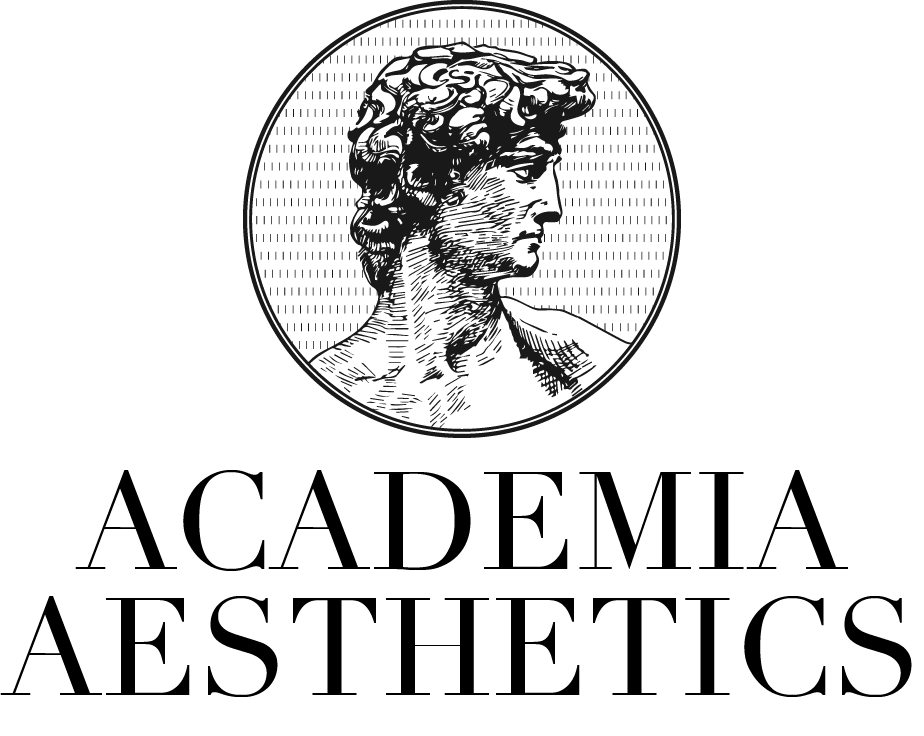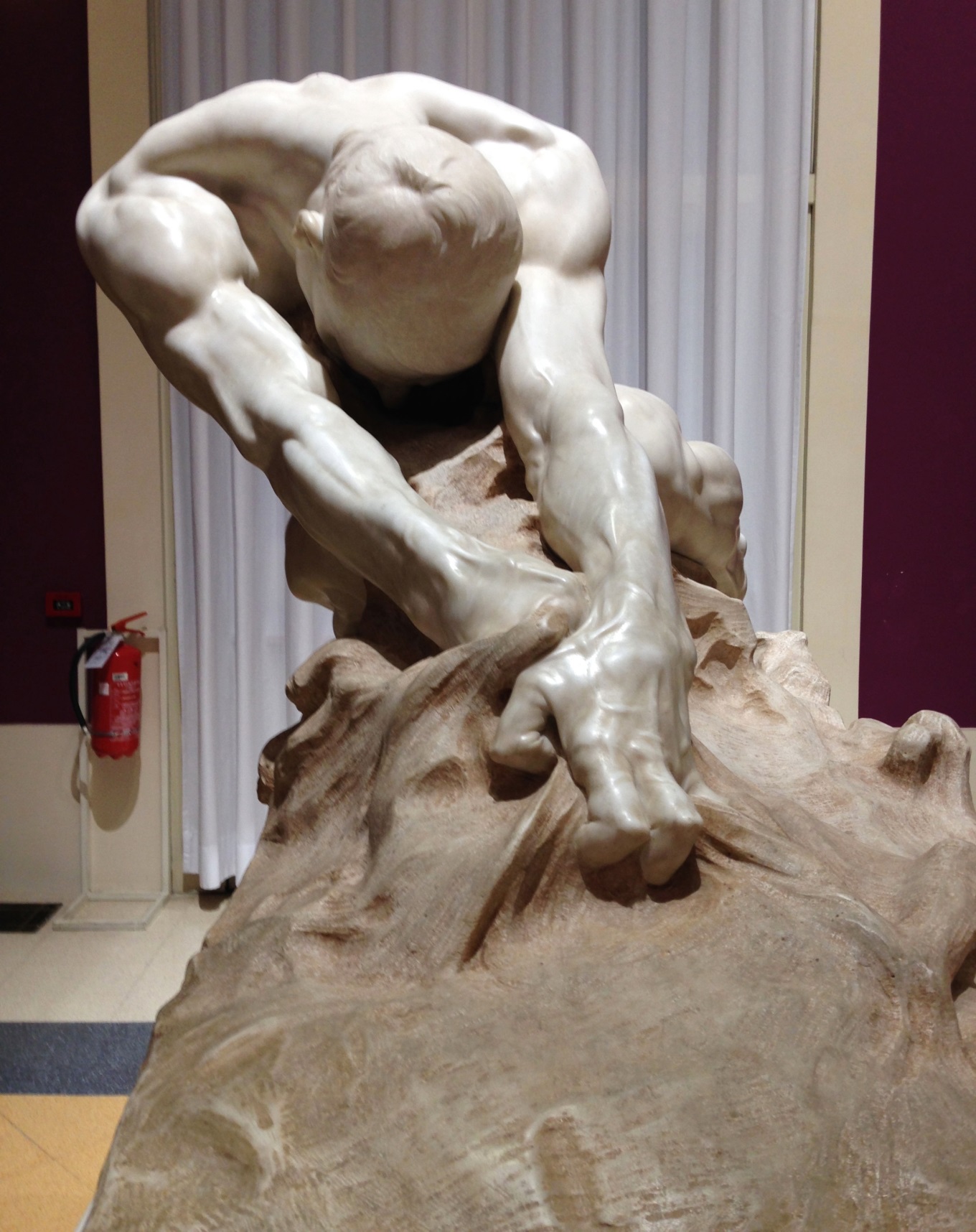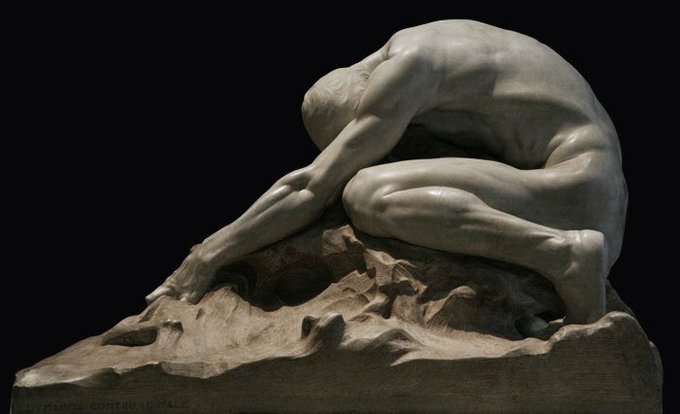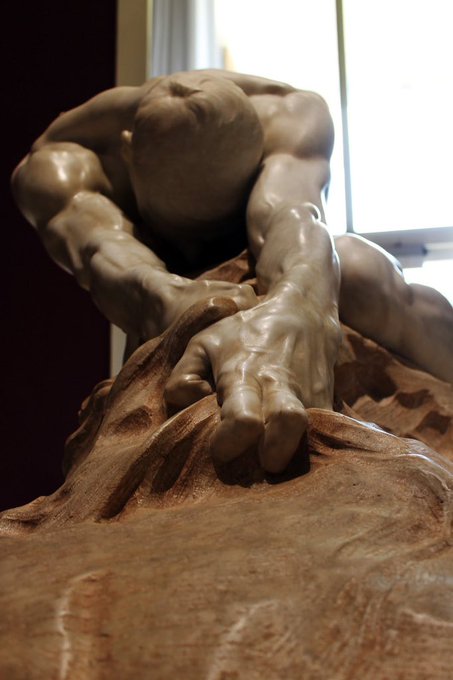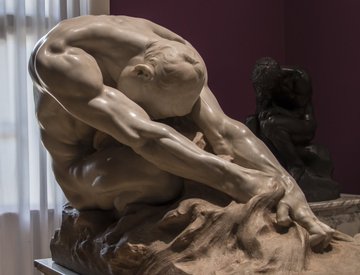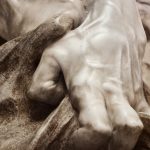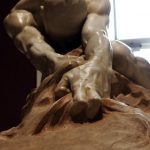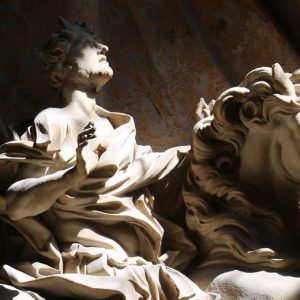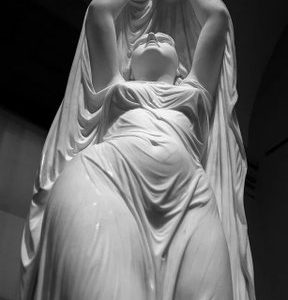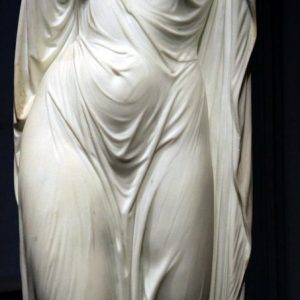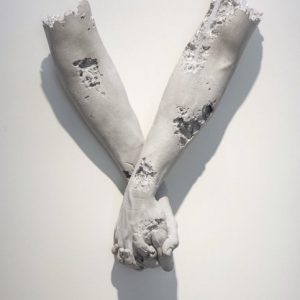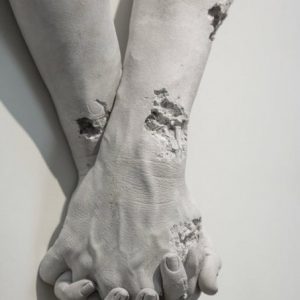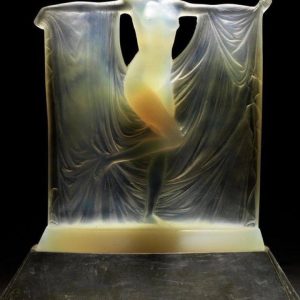Gaetano Cellini ‘s “L’umanità Contro il Male“, or Humanity Against Evil, was first modeled in plaster in 1906, winning the Premio Fumagalli dell’Accademia di Brera award before being created in marble in 1908. The profound work of art encapsulates the eternal struggle between good and evil. This sculpture, crafted at the turn of the 20th century, reflects a period of great social, political, and artistic upheaval, a context that deeply influenced Cellini’s work.
Cellini, an Italian sculptor, was known for his ability to infuse his works with intense emotion and philosophical depth. His sculpture “L’Umanità contro il Male” is no exception. The piece is a striking representation of the human condition, characterized by the ongoing battle against the forces of evil.
The sculpture features a dynamic composition that captures the tension and movement inherent in such a cosmic struggle. At the center, a figure representing humanity is depicted in a powerful stance, embodying strength, resilience, and determination. This central figure is crafted with exquisite attention to detail, highlighting the sculptor’s mastery of form and anatomy. The muscles are tensed, the expression is one of intense focus and resolve, and the posture suggests a readiness to engage in battle.
Surrounding this central figure are various representations of evil. These figures are crafted to contrast sharply with the noble, upright form of humanity. They are twisted, contorted, and depicted with grotesque features that symbolize the various facets of evil. Their expressions are those of anger, deceit, and malevolence. This contrast is not just thematic but also visual, as Cellini uses texture, form, and composition to delineate the forces of good and evil.
One of the most striking aspects of the sculpture is its use of symbolism. The figures representing evil are not just literal adversaries, but also allegorical representations of vices and negative human traits such as greed, hatred, and ignorance. This symbolism extends to the very posture and interaction of the figures. The central figure of humanity is not only fighting these external evils but also appears to be rising above them, suggesting an ongoing struggle not just against external foes but internal demons as well.
The material and technique used in the sculpture are also significant. Cellini’s choice of medium, likely bronze or marble, adds to the timeless quality of the piece. The medium’s durability and the skillful way in which it is worked upon reflect the enduring nature of the struggle between good and evil. The textures, ranging from the smooth surfaces of the human figure to the more rough, almost chaotic treatment of the evil figures, enhance the sculpture’s emotional impact.
In terms of thematic relevance, “L’Umanità contro il Male” is as pertinent today as it was in 1908. It speaks to the universal human experience of confronting and overcoming adversities, both external and internal. The sculpture can be interpreted as a call to action, a reminder of the resilience of the human spirit in the face of challenges.
The historical context of the sculpture’s creation also plays a crucial role in its interpretation. Created during a period marked by significant social change and the lead-up to World War I, the sculpture could be reflecting the anxieties and struggles of the time. It echoes the societal call for moral strength and resilience against the backdrop of a rapidly changing world.
In conclusion, Gaetano Cellini’s “L’Umanità contro il Male” is a powerful artistic representation of the human struggle against evil. Its dynamic composition, rich symbolism, and emotional intensity make it a timeless piece that resonates with the universal human experience. The sculpture not only showcases Cellini’s artistic prowess but also serves as a poignant commentary on the enduring battle between good and evil, a theme that continues to be relevant in contemporary society.
